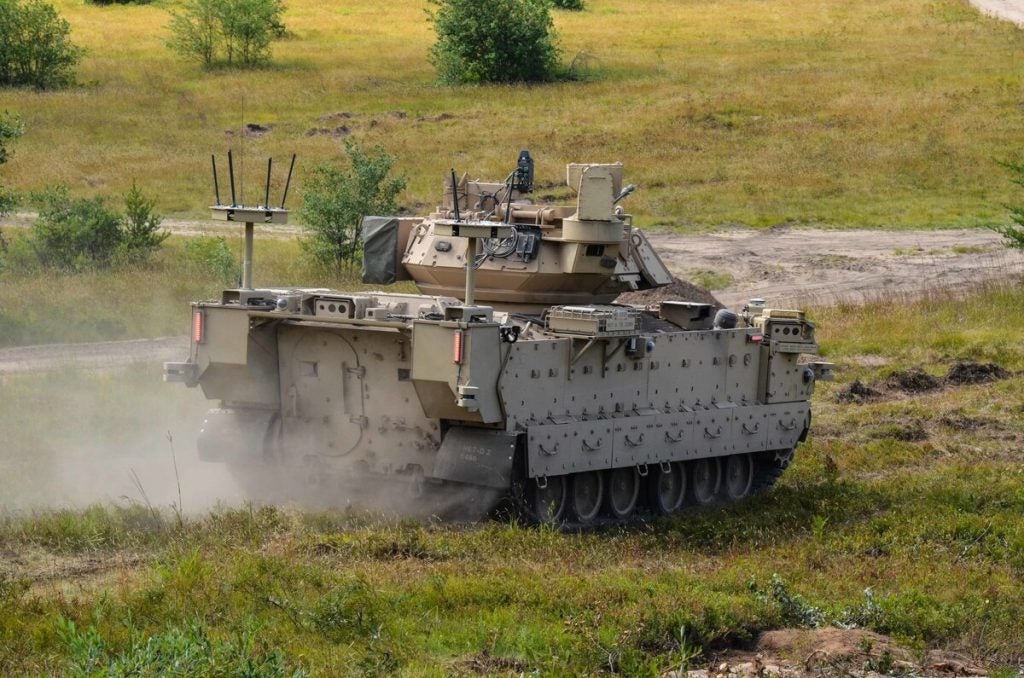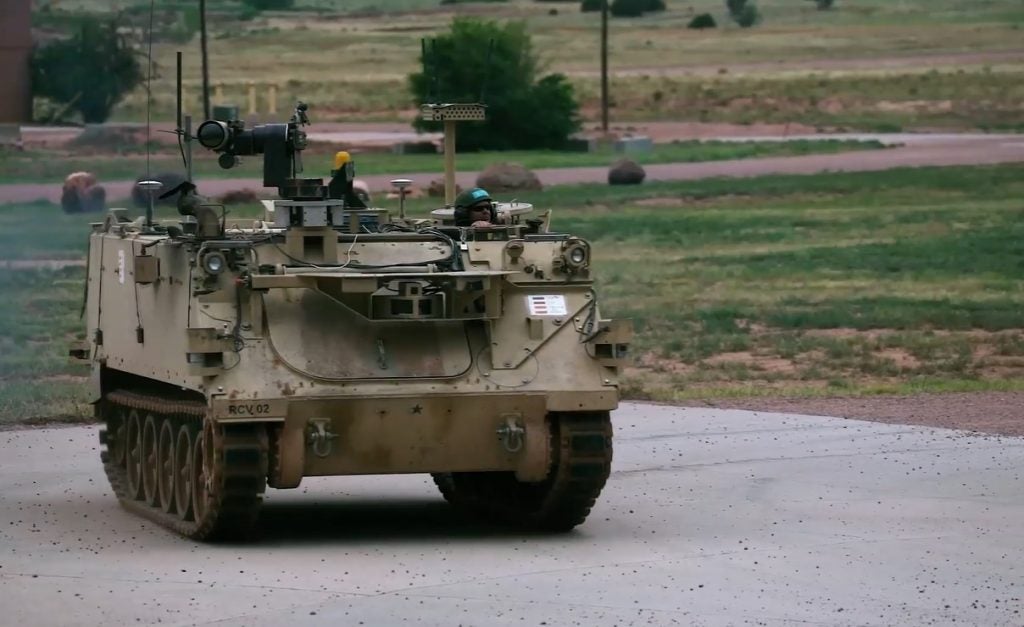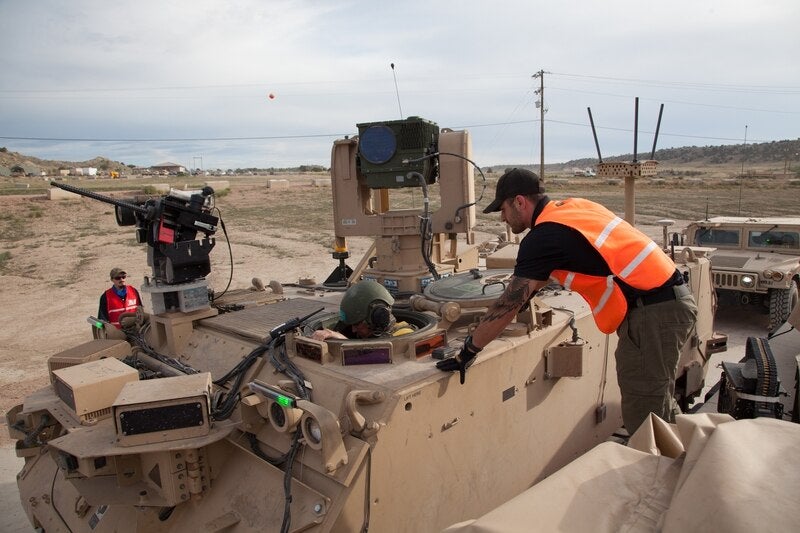US Army Robotic Combat Vehicle Live Fire Successful
Soldiers from the US Army’s 4th Infantry Division at Fort Carson have completed a successful platoon live fire exercise with Robotic Combat Vehicles (RCVs). The efforts are part of the Robotic Combat Vehicle Soldier Operational Experiment under the auspices of Army’s Combat Capabilities Development Command and the Next Generation Combat Vehicle Cross-Functional Team.
The trials used two surrogate vehicles standing in as RCVs – optionally manned M113 platforms in this case. The RCVs were controlled by a pair of modified M2A3 Bradley infantry fighting vehicles known as Mission Enabling Technologies-Demonstrators (MET-Ds). The RCVs were put through their paces on a number of typical cavalry taskings including reconnaissance.

Brigadier General Richard “Ross” Coffman, head of the Next Generation Combat Vehicle Cross-Functional Team was positive regarding the results of the trials: “This experiment was 100 per cent successful … because we learned; the whole purpose was to learn where the technology is now and how we think we want to fight with it in the future. All of the technology was not successful; it’s a sliding scale. Some knocked our socks off, and some… we’ve got a little bit of work to do.”
A number of issues presented themselves. For one, the control distance between MET-D and RCV was challenged by heavy forest although the platforms operated reliably out to 1000 meters in all terrain types. “We’ve got some challenges to get the control vehicle and the robot vehicle to communicate adequately beyond 1,000 metres” noted Coffman, “The distance between the robot and the controller is a physics problem and, when you talk flat earth, you can go over a kilometer from the controller to the robot.”
Another challenge was the RCV’s ability to interpret terrain changes. “Right now, it’s very difficult for a robot that looks at a puddle. It doesn’t know if it’s a Marianas Trench, or if it’s two inches deep. It’s something that we as human beings can contextualize, but the robot has a hard time doing it,” noted the Army’s Robotic Combat Vehicle Lead Major Cory Wallace.

Ultimately, the Robotic Combat Vehicle Soldier Operational Experiment was deemed a huge success and a number of improvements and innovations are already stemming from their findings. Next is Phase 2 with an increase to three platoons of RCVs to be held in quarter one of 2022.
Coffman summed up the promise of robotic teaming technology: “This is about commanders on the battlefield and giving them more decision space and reducing the risk on our men and women. We go into the nastiest places on earth. And these robots are absolutely going to do that in the future. We’re not there 100% yet.”

